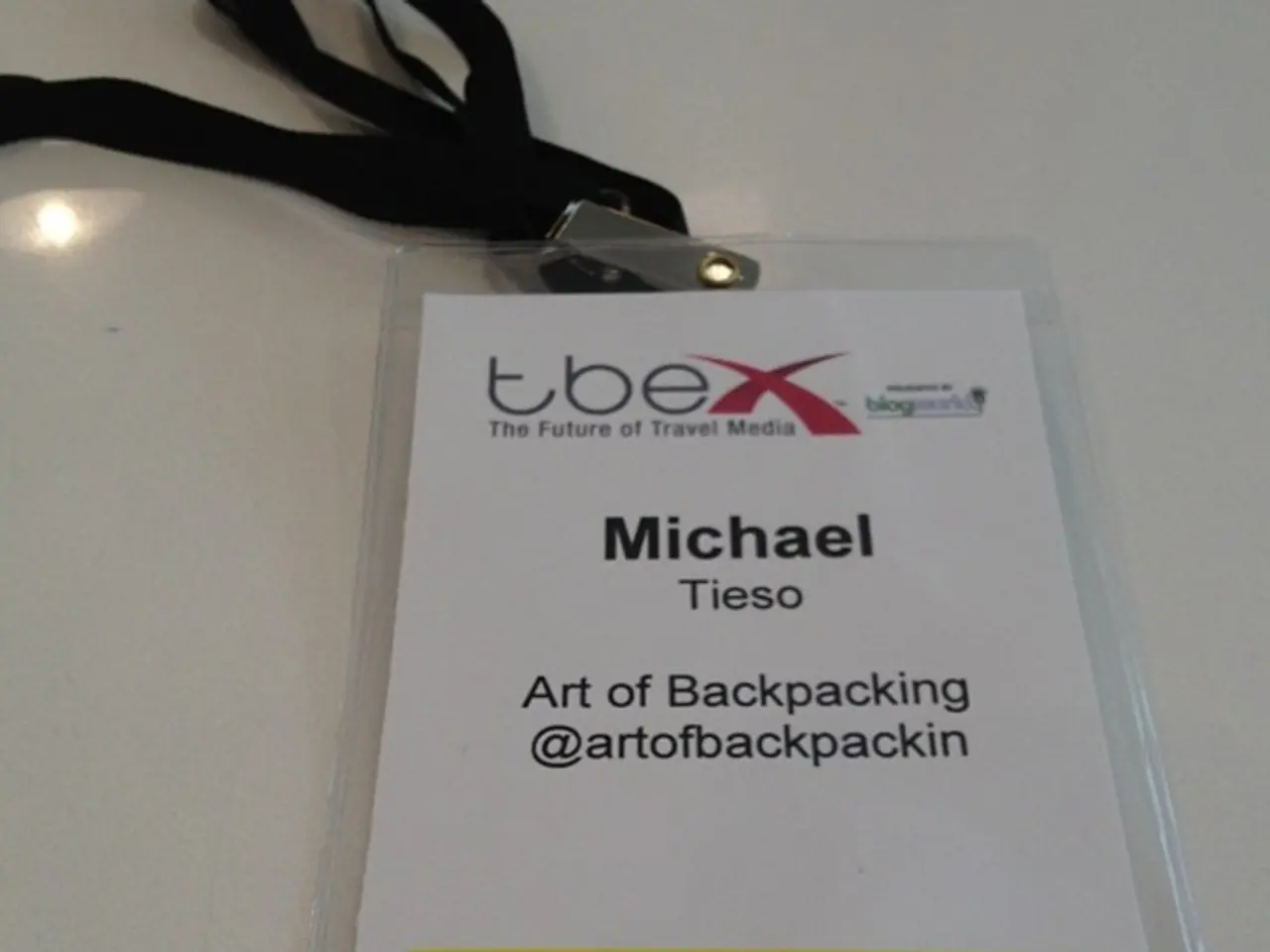Digital Identity Shift: The Emergence of Verifiable Credentials
======================================================================================
The World Wide Web Consortium (W3C) has introduced the Verifiable Credentials (VC) Data Model, a groundbreaking innovation that promises to transform digital identity verification in the era of Web 3.0. This model enables individuals to hold and selectively share trusted, cryptographically secure digital credentials, paving the way for a more secure and privacy-respecting digital world.
The VC Data Model offers several key advantages for digital verification in Web 3.0. One of its primary contributions is the decentralization and user control it provides. Users create unique Decentralized Identifiers (DIDs) and store their verifiable credentials in personal wallets, fostering a self-sovereign identity system where users decide which claims to share with verifiers. This enhances privacy and consent, ensuring that users maintain control over their personal information.
Another significant benefit of the VC Data Model is the use of cryptographic proofs. Credentials are digitally signed by trusted issuers with cryptographic proofs, ensuring authenticity and integrity. This allows verifiers to trust claims without relying on centralized authorities or intermediaries.
The VC Data Model also promotes interoperability and standardization, ensuring broad compatibility across platforms, issuers, and verifiers worldwide. This support for a wide range of credential types and use cases in Web 3.0 ecosystems is crucial for facilitating seamless interactions across different digital platforms.
The VC Data Model allows for selective disclosure and privacy, enabling verifiers to request specific claims while holders can respond by disclosing only relevant information. This balance between verification needs and privacy protection is essential in today's digital age.
The VC Data Model also integrates well with modern protocols, such as OpenID4VCI, which combine strong cryptographic credentials with user-friendly, interoperable online workflows. This further enhances security, privacy compliance, and ease of use in digital identity verification.
In summary, the W3C Verifiable Credentials Data Model offers a secure, privacy-respecting, and decentralized solution for digital identity verification. It forms a core trust layer for Web 3.0 applications, facilitating interoperable, user-centric control over credentials and claims essential for next-generation digital ecosystems.
The global market for digital identity solutions, including verifiable credentials, is projected to grow significantly, with a Compound Annual Growth Rate (CAGR) of 17.3%. As we move towards a more digital world, the importance of secure and privacy-respecting identity verification solutions like the W3C's Verifiable Credentials Data Model cannot be overstated.
References:
[1] World Wide Web Consortium (W3C). (2021). Verifiable Credentials Data Model Overview. Retrieved from https://www.w3.org/TR/vc-data-model/
[2] World Wide Web Consortium (W3C). (2021). OpenID Connect for Verifiable Credentials 1.0: Core. Retrieved from https://www.w3.org/TR/openid-vc-core/
[3] World Wide Web Consortium (W3C). (2021). Decentralized Identifiers (DIDs) Specification. Retrieved from https://www.w3.org/TR/did-core/
[4] World Wide Web Consortium (W3C). (2021). Verifiable Presentation Exchange (VPX) 1.0: Overview. Retrieved from https://www.w3.org/TR/vpx/
[5] World Wide Web Consortium (W3C). (2021). Verifiable Claims Task Force. Retrieved from https://www.w3.org/community/vc/
- This decentralized and user-controlled digital identity system, as catalyzed by the Verifiable Credentials (VC) Data Model, could revolutionize finance by enabling secure and private sharing of financial credentials, leading to better financial inclusion and self-development opportunities.
- In the realm of education-and-self-development, the VC Data Model's interoperability and standardization across platforms might facilitate the sharing of verified educational qualifications, certifications, and skills, leading to a more transparent and accessible credentialing system.




